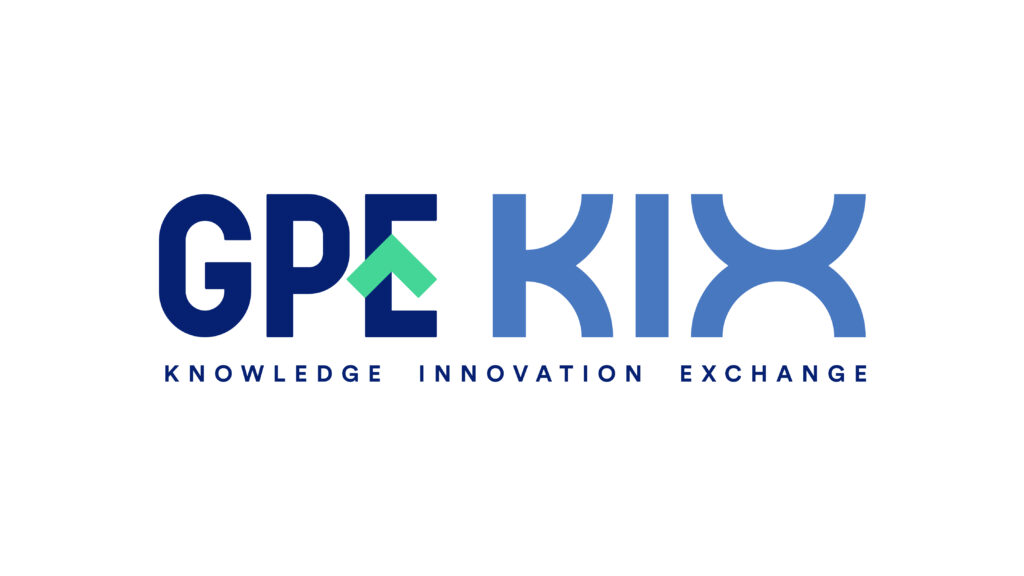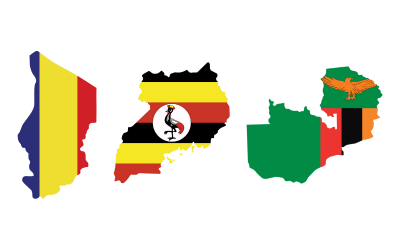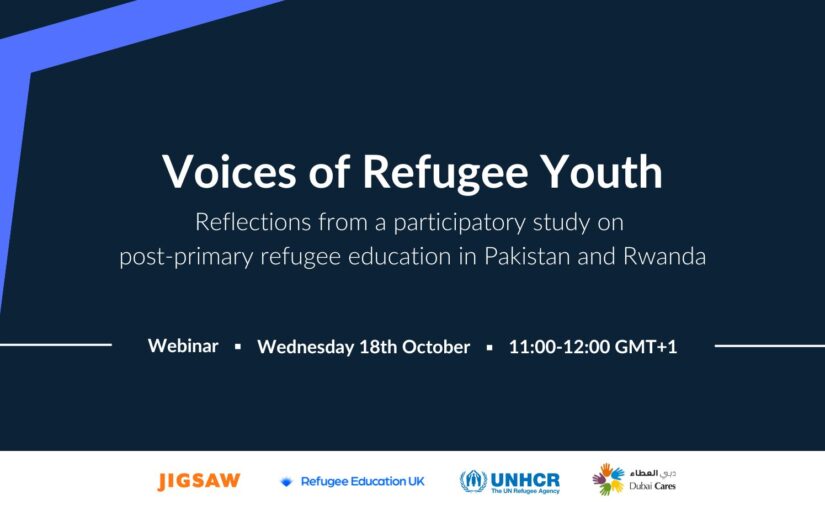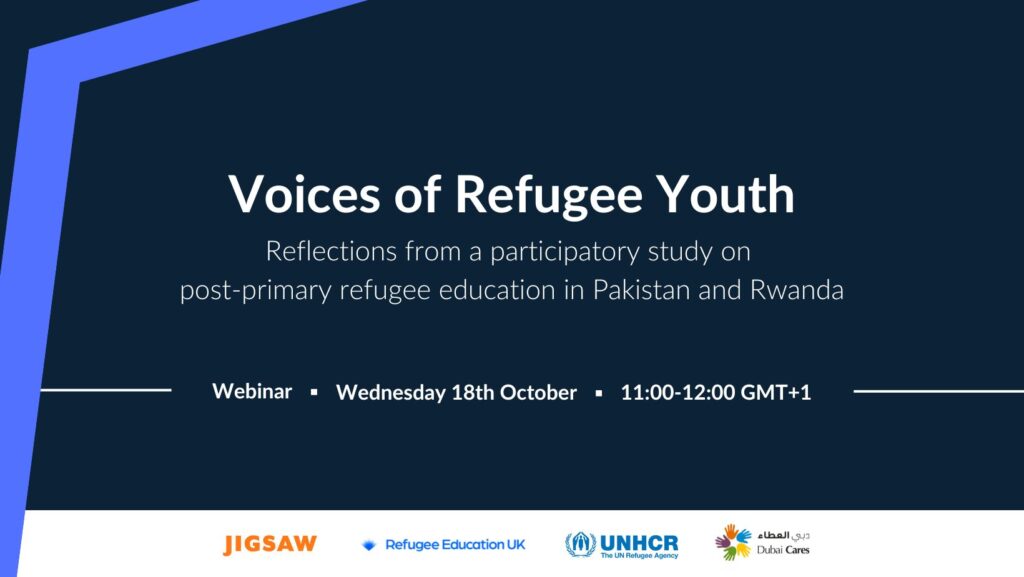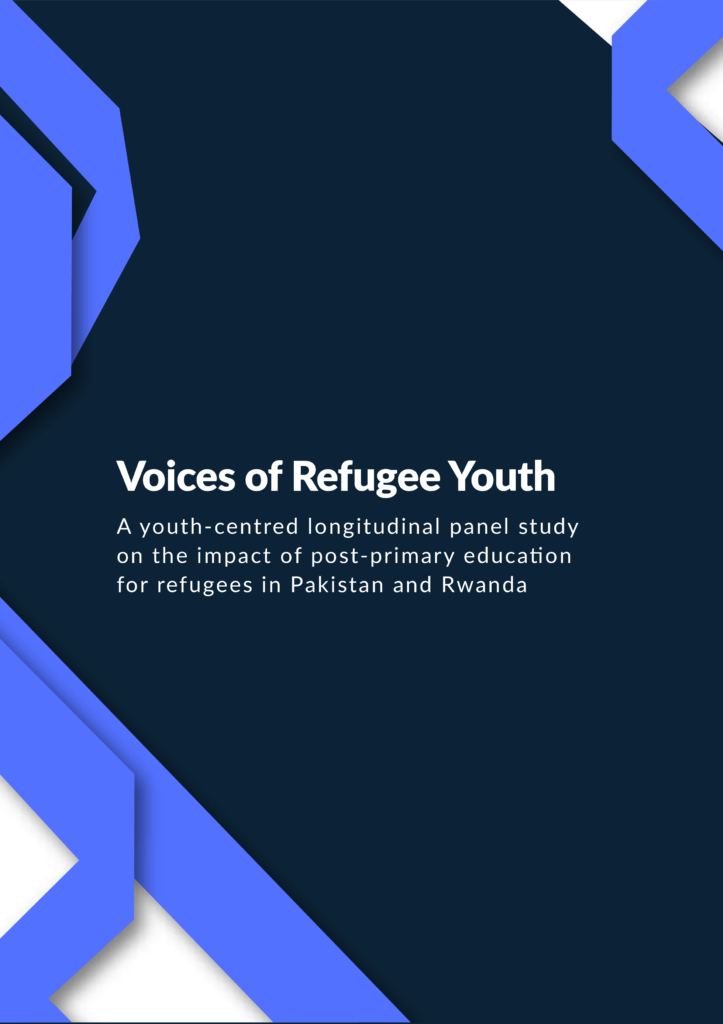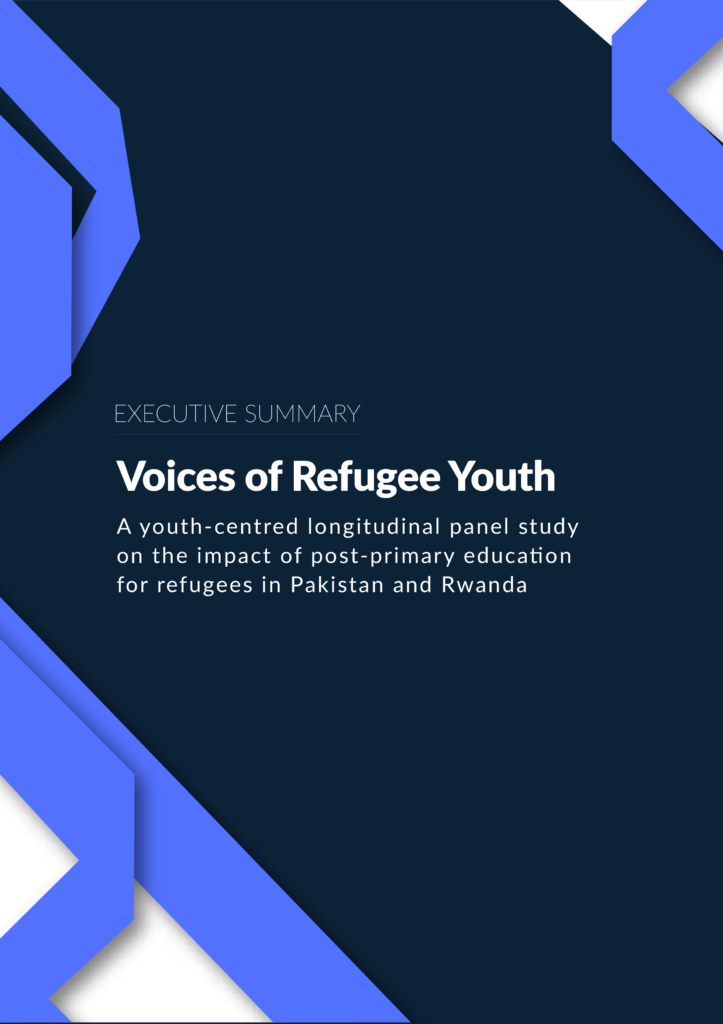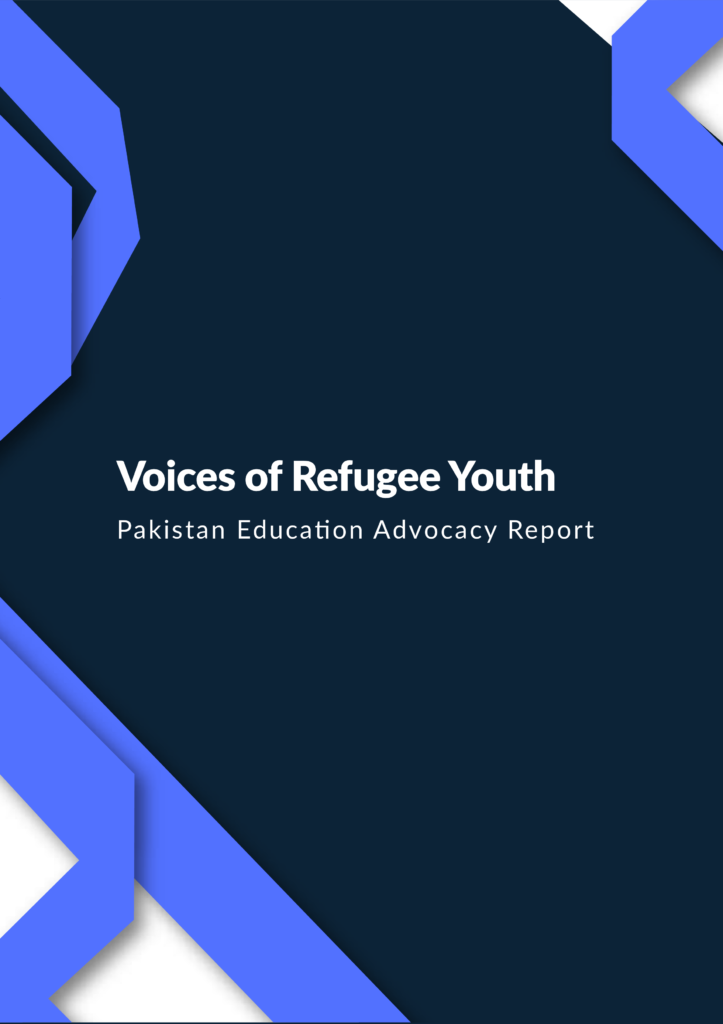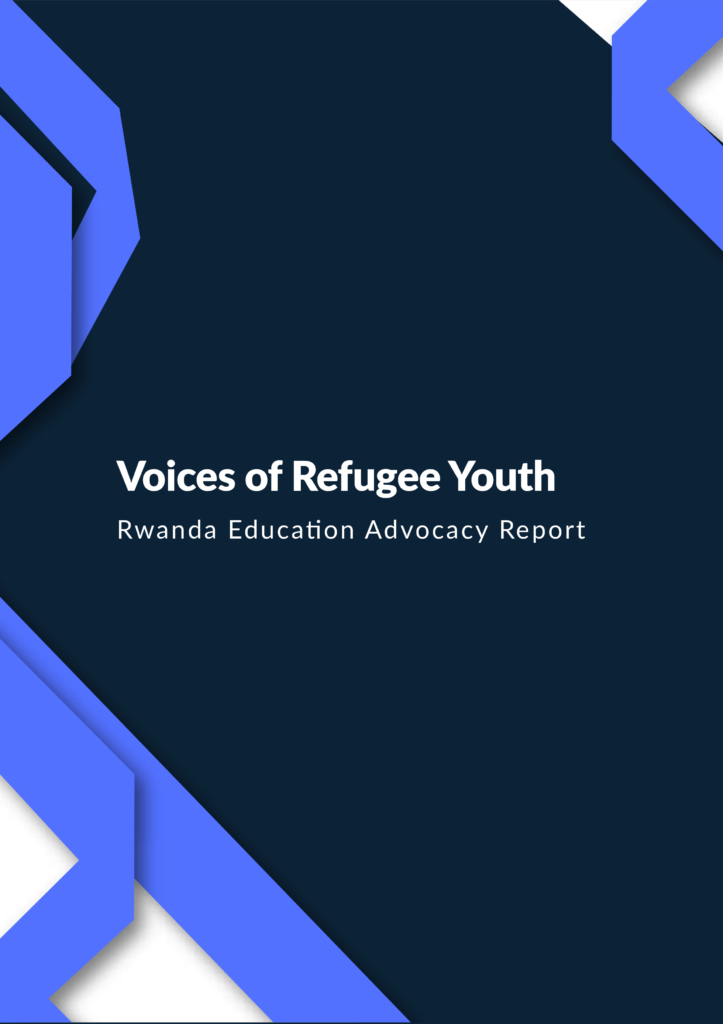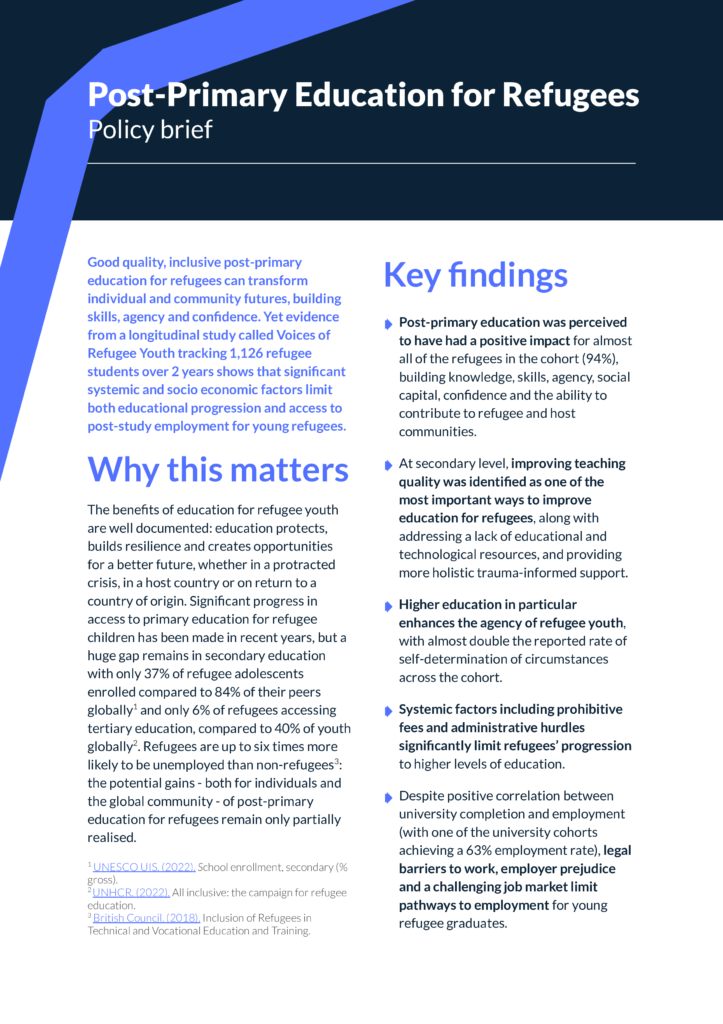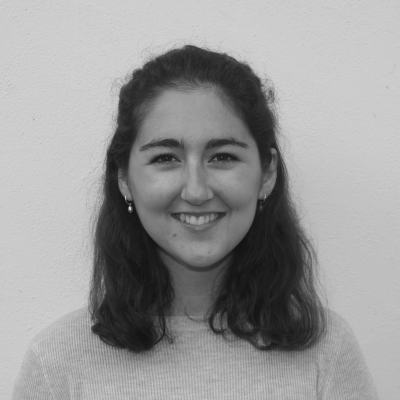Scaling refugee teacher inclusion models for enhanced agency and well-being: project launch
By Jigsaw
We are excited to announce our latest GERE project. Conducted in partnership with UNHCR, this 33-month study will explore how to ensure that refugee teachers are able to work within the formal education systems of their host countries. Crucially, we will work to understand how the inclusion mechanisms that refugee teachers access can be scaled in a way that enhances their agency and well-being.
Study overview
Refugee teachers are often prevented from teaching within national education systems in the countries that host them. They may not meet host country eligibility criteria or documentation requirements, and may be subject to varying forms of discrimination.
Three models designed to help teachers overcome these barriers – one national, one regional, and one global – have been identified to be the focus of this study. The research aims to generate and mobilise evidence on scaling the impact of these inclusion models. The aim is to identify ways of doing this that support refugee teachers to be well, and to make choices and take actions to realise changes – their well-being and agency.
Specific objectives
Within the overarching objective described above, the study aims to:
- Generate knowledge about the nature of three refugee teacher inclusion models, in Chad, Uganda and Zambia: their impact and potential to scale in a way that maximises refugee teachers’ agency and well-being and promotes gender equality and inclusion;
- Strengthen the capacity of school leaders, provincial and national ministries of education, and other education stakeholders, to prioritise refugee teacher agency and well-being when implementing refugee teacher inclusion policies and programmes;
- Mobilise evidence (generated by the study) relating to how to include refugee teachers in a way that prioritises their agency and well-being as well as gender equity and inclusion, particularly in the lead up to and during the next Global Refugee Forum in 2027.
Focus countries/context

Chad – a national model: Chad hosts refugees from Sudan, Central African Republic, Cameroon, Nigeria and the Democratic Republic of the Congo. In Chad, refugees are provided with opportunities to access national teacher training pathways. There are two training pathways which provide teachers with a degree that allows them to teach at either primary or secondary school level.

Uganda – a regional model: Uganda primarily hosts refugees from South Sudan and the Democratic Republic of the Congo. Uganda is governed by the Djibouti Declaration, which promotes the inclusion of refugee teachers. The International Labour Organisation is running a pilot to support refugee teachers in getting their qualifications equated with those issued in Uganda.

Zambia – a global model: Zambia hosts refugees from the Democratic Republic of the Congo, Angola, Burundi, Rwanda and Somalia. Zambia is one of the countries piloting the UNESCO Qualification Passport (UQP), modelled on the European Qualifications Passport. The UQP is designed to enable refugees to access further studies in tertiary education institutions and labour markets, and provides information on a refugee’s education level, work experience and language proficiency.
Research design summary
The study is using a mixed methods approach. The methods include:
- A longitudinal panel survey: to assess refugee teachers’ levels of well-being and agency, investigate the relationship between this and their inclusion journeys, understand how refugee teachers feel inclusion models impact their classroom practice, and how the models could be improved.
- Interviews with refugee teachers: to gain a more nuanced understanding of the relationship between refugee teachers’ inclusion journeys and their agency and well-being over time, as well as their perspectives of how mechanisms impact their classroom practice, and how the models could be improved.
- Interviews with other education stakeholders: to get a wide range of perspectives on how the inclusion models are working, how they are impacting teacher agency and well-being and student learning outcomes, and what different education actors need to better facilitate refugee teacher inclusion.
- Classroom observations: to understand how refugee teacher inclusion models impact teachers’ classroom practice.
- Reflection logs completed by refugee teachers: to further understand how perceptions of inclusion models, personal well-being and agency, and classroom practice change over time.
- Capacity sharing sessions with education stakeholders: to explore how knowledge about scaling refugee teacher inclusion, and about scaling more broadly, can be effectively mobilised for uptake by the international education community.
Adopting GERE’s holistic model of refugee participation, the research design places refugee teachers at the heart of the process. Across the three focus countries, 15 refugee teachers will be recruited as co-researchers who will shape the definitions and tools upon which the project relies, conduct core research activities, and bring critical contextual insight into the research process. They will be equipped to participate through an accredited training programme, which will also support them to become reflective, evidence-based education practitioners. Learn more about our Refugee Researcher cohorts here.
Funding
This work is supported by the Global Partnership for Education Knowledge and Innovation Exchange, a joint endeavour with the International Development Research Centre, Canada.
